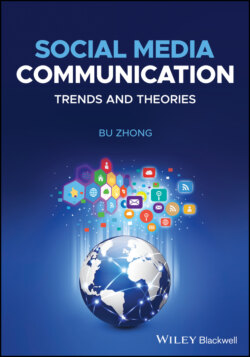Читать книгу Social Media Communication - Bu Zhong - Страница 11
The “Us vs. Them” Mentality
ОглавлениеThe proliferation of falsehood and conspiracy theories on social media is partially due to the mechanism of these platforms, which can easily promote self responses, self beliefs, and selfish recognition. Because millions of users can stay connected on social media, scholars used to applaud the fact that social media could promote the return of a “public sphere” proposed by Habermas (1991), where “private people come together as a public” for the purpose of using reason to further critical knowledge that may lead to political change (p. 27).
The public sphere requires unlimited access to information, equal and protected participation, and the absence of institutional influence (Kruse et al., 2018). The idea is integral to the healthy existence of a participatory democracy, leading to action in the way of social movements (Habermas, 1991). Some scholars argued that social media are organized in ways that meet the requisites of a public sphere (Fuchs, 2008).
As shown in the 2020 US presidential election, social media have failed to promote unlimited access to information, equal access and participation, and these spaces have not been free of institutional influence. Instead, the platforms were ideal for developing an “us vs. them” mentality among users, especially in an election year. Heavy social media users are more likely to shut down media channels offering information from “their side,” reinforce selective exposure and the silo effect, and drive us into echo chambers or information cocoons.
Some go even further and believe that an unworthy other side can be a threat against “us.” They must be defeated politically, destroyed, or locked up, which requires “us” to cast aside traditional norms and commitments like trusting others and diversity. “Us vs. them” opposes these commitments as it does not fit an “us vs. them” mentality.
